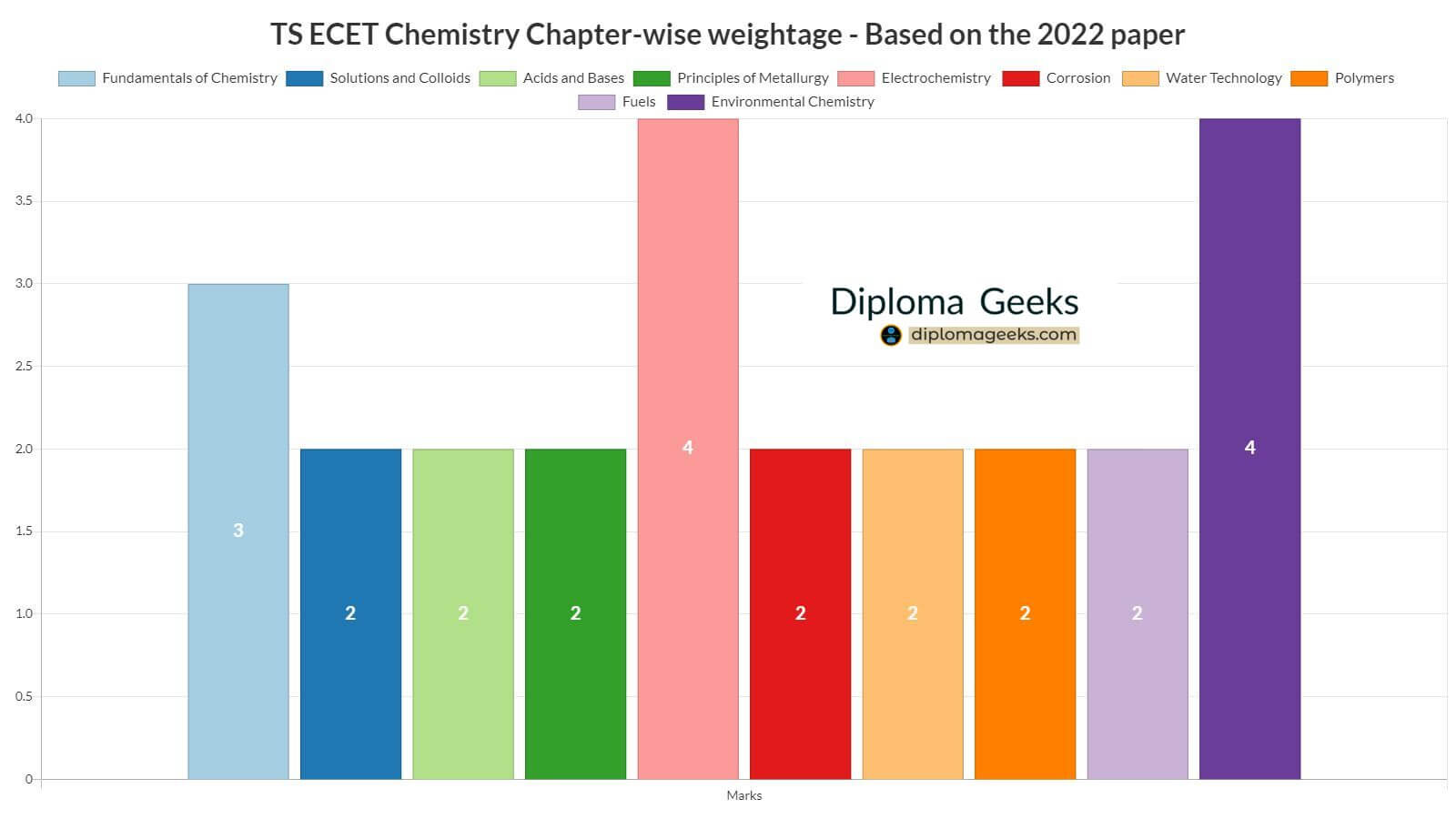a. Definition of Solids
b. Energy Bands in Solids
c. Valence Band, Conduction Band, and Forbidden Band
d. Energy Band Diagram of Conductors, Insulators, and Semiconductors
e. Concept of Fermi Level
b. Energy Bands in Solids
c. Valence Band, Conduction Band, and Forbidden Band
d. Energy Band Diagram of Conductors, Insulators, and Semiconductors
e. Concept of Fermi Level
a. Examples of Intrinsic Semiconductors
b. Concept of Holes in Semiconductors
a. Extrinsic Semiconductors
b. P-Type and N-Type Semiconductors




